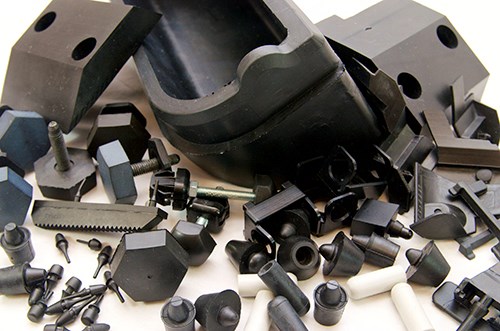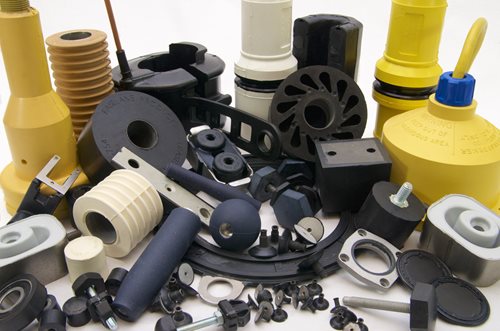Choosing The Right Rubber When Bonding It To Metal
When you need to bond rubber to metal, there are a few things to keep in mind. The first is that it’s always a good idea to use high-quality adhesives when bonding rubber to metal. This will ensure that your part will last for years and years.
When it comes time for you to bond rubber to metal, you should also be aware of some of the other factors that can affect the bond strength between these two materials. For example, if you want your parts to last longer and perform better, then you should consider using rubber that has been formulated with higher quality adhesives.
For example, if you’re working with a material like EPDM (ethylene propylene diene monomer), then it’s important that you choose the right type of adhesive for bonding this material together with metals such as steel or aluminum. In this case, an EPDM adhesive will work best for anyone who wants their part to have a long lifespan and perform well at all times.
Rubber to metal bonding is a process that can be used to create strong and durable connections between metal components and rubber parts. This type of bonding is often used in the automotive and aerospace industries, where it is critical to create strong and reliable connections.


